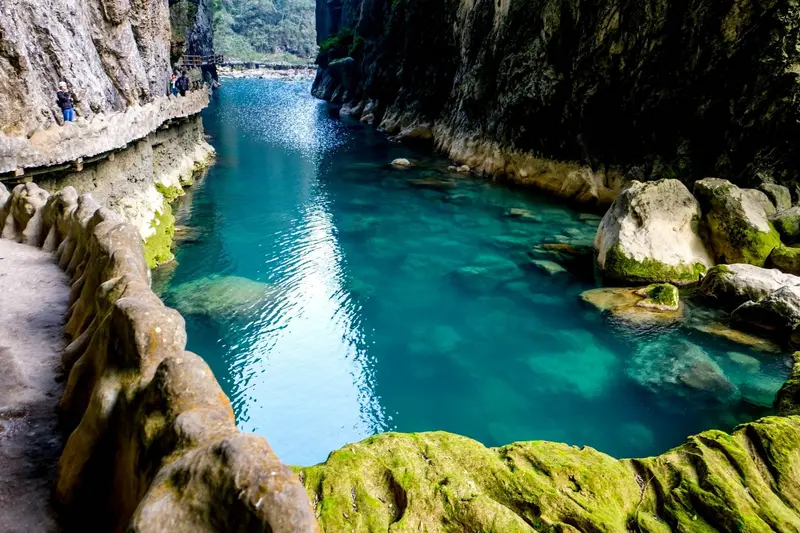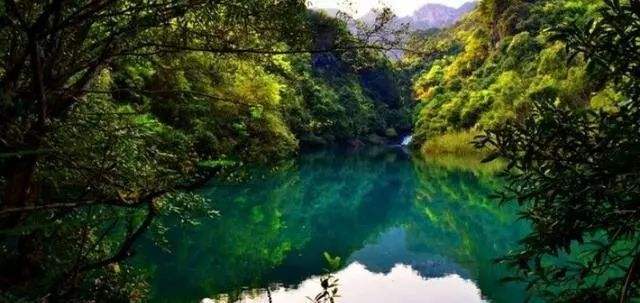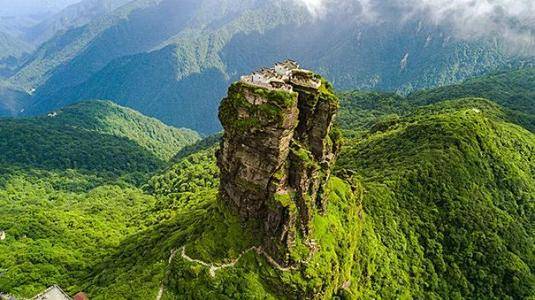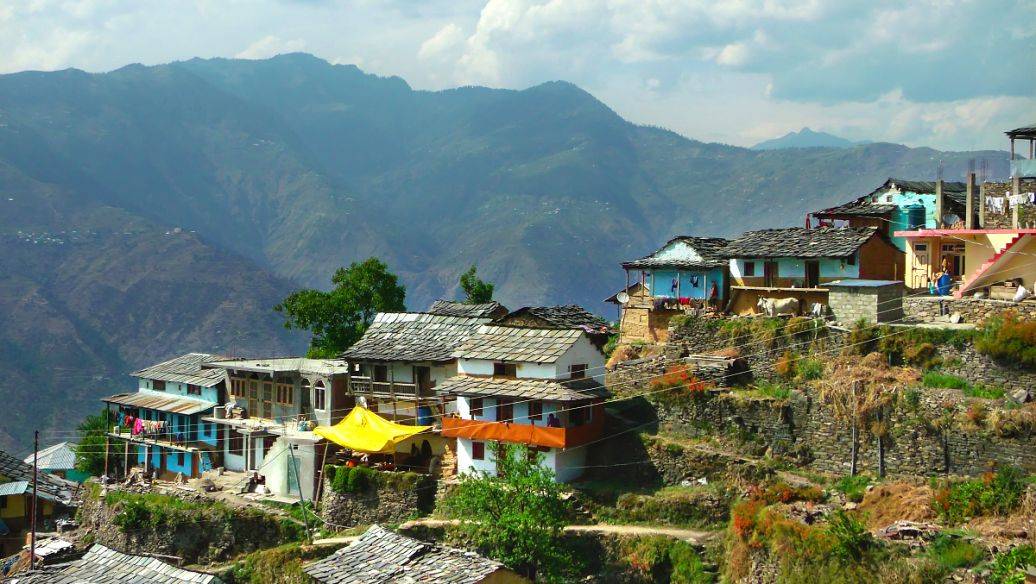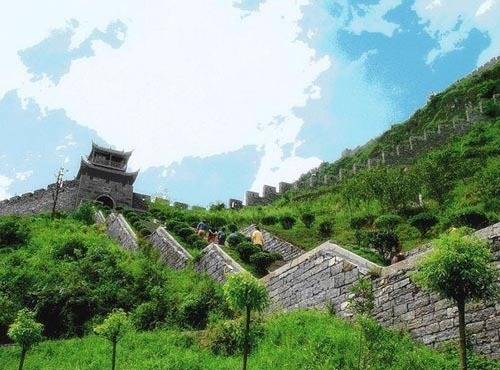"Da Qikong and Xiao Qikong are the calling cards of Libo County, often referred to as the 'Little Jiuzhai'. In this several-kilometer-long canyon, lakes, waterfalls, karst caves, peculiar peaks, and primeval forest landscapes are condensed. Everywhere you look, there are beautiful waters and green mountains, full of lush greenery. After the rainy season in June and July, the rivers and lakes in the scenic area become clear, offering exceptionally beautiful scenery."
Maolan National Nature Reserve, Guizhou
Maolan National Nature Reserve covers an area of over 20,000 hectares and boasts the world's largest karst primeval forest, rich in biological resources. Many outdoor enthusiasts stay here for several days, hiking and camping, to fully enjoy the karst peak cluster landscape.
Langde Upper Village is one of the earliest Miao villages open to tourists, with a lower level of commercialization compared to Qianhu Miao Village. The village is backed by mountains and faces water, with about a hundred households. The stilted houses stand unevenly on the mountain, and a river flows around the foot of the mountain. This place is also known as the 'Home of Lusheng', where visitors often encounter ethnic song and dance performances.
Qianhu Miao Village
Qianhu Miao Village is the largest Miao ethnic village in the world, with more than ten Miao villages built along the mountains. You can take a sightseeing bus to the observation deck to capture the connected architectural complex. The night view of Qianhu Miao Village, with its scattered lights, is very different from the daytime. If you have time, you can also stay here for a day.
Zhenyuan Ancient Town's two banks resemble a Taiji diagram, with the Wuyang River flowing through the town in an S-shape. In ancient times, Zhenyuan was a strategic fortress between the provinces of Hunan and Guizhou, known for the saying 'To secure Yunnan and Guizhou, one must first guard Zhenyuan.' The main ethnic group here is Han, and in the midst of Miao and Dong villages in southeastern Guizhou, it presents a unique charm.
Fanjingshan National Nature Reserve
Fanjingshan is the main peak of the Wuling Mountains and the highest peak in the transition zone from the Yunnan-Guizhou Plateau to the Xiangxi Hills. It is the sacred site of Maitreya Bodhisattva, symbolizing the 'Pure Land of Brahma.' The Red Cloud Golden Summit is the most famous religious site in the Fanjingshan Scenic Area. The peak is split into two, each with a temple, one dedicated to Shakyamuni Buddha and the other to Maitreya Buddha.
Hong'an Town
The border town described by Shen Congwen is located in the area of Hong'an Ancient Town. It is situated in the southeastern part of Chongqing, connecting to Tongren in Guizhou to the south and separated from Xiangxi Prefecture by only a river, making it a true 'one step across three provinces' location. The buildings in the town are in the traditional Tujia and Miao style, with blue bricks and black tiles, exuding an ancient and elegant charm.
Aizhai Bridge is suspended above the Dehang Grand Canyon, with the Dehang River flowing through the bottom of the valley and clouds swirling around the mountains, hence it is also known as the 'Sky Ladder in the Clouds'. This bridge took four years to build and spans nearly 1.2 kilometers. The bridge deck is 355 meters above the canyon floor, offering a breathtaking view.
Dehang Miao Village
Dehang Miao Village is about an hour's drive from Hong'an Ancient Town. If time permits, it is worth a visit. The village is surrounded by mountains. From Aizhai Town, follow the stream upwards, and you will see stilted houses on both sides, showcasing the picturesque Miao ethnic scenery.
Fenghuang Ancient Town is located in the middle and lower reaches of the Tuojiang River, built along the river, and is also known as Tuojiang Ancient Town. The ancient town's architectural complex features characteristics of the Ming and Qing dynasties. During the day, you can stroll along the bluestone-paved streets and alleys, visit the Ancient City Museum and the former residence of Shen Congwen. In the evening, you can take a boat ride on the Tuojiang River and enjoy the lights along the shore.
The Southern Great Wall of China runs from north to south and was built during the Ming Dynasty as a defensive structure, also known as the Miao Border Wall. Due to the complex terrain, the scale of the wall is not as large as the Northern Great Wall. The average height of the wall is about 3 meters, with a total length of 190 kilometers. It is equipped with military facilities such as forts, watchtowers, and artillery platforms.
